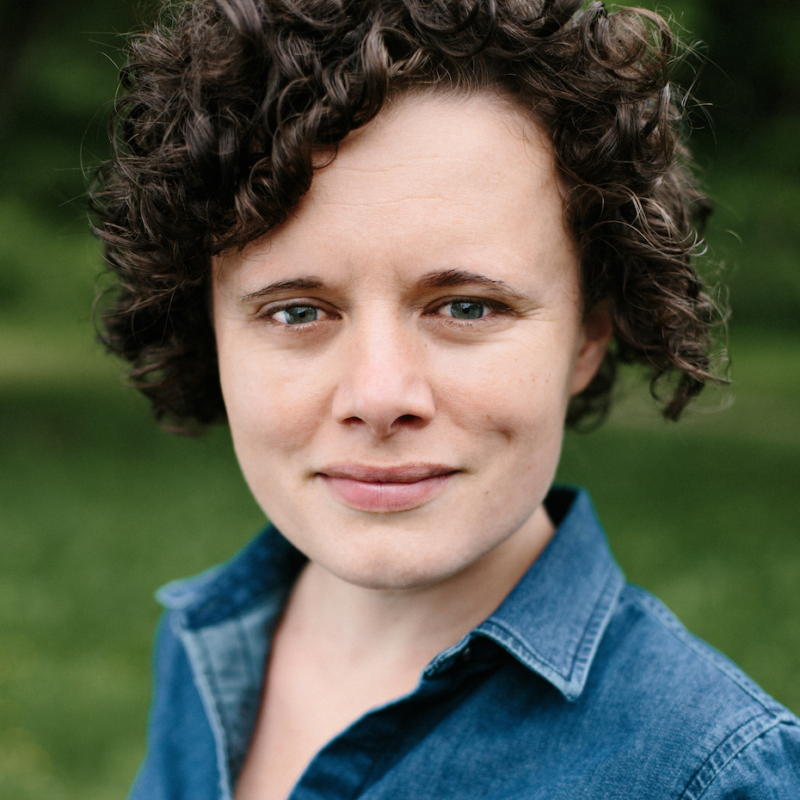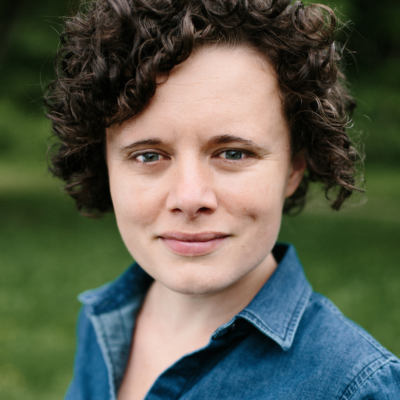In less than 48 hours, the waterlogged debate between Charlottesville and Albemarle County officials over the Lower Ragged Mountain Dam became measurably different for every person involved.
|
Local officials are torn over whether to replace the century-old Ragged Mountain Dam (pictured) in phases or all at once. Now it looks like City Council and county officials could meet halfway on a phased dam, if the height is right. |
Last Tuesday, Schnabel Engineering, the firm behind the county-favored 42′ earthen dam proposal, lowered construction cost estimates to between $15.9 million and $19.5 million—an average reduction of approximately $5.8 million. Hours later, three city councilors—David Brown, Satyendra Huja and Kristin Szakos—voted to amend an ordinance passed in September to phase construction of Ragged Mountain Dam. The amendment raises the first phase of a Ragged Mountain Dam to 30′ from 13′ an increase approved by Council four months ago.
Both City Council and the Board of Supervisors unanimously approved a $143 million water supply plan in 2006. That plan included a pipeline linking the South Fork Rivanna Reservoir and the Ragged Mountain Reservoir, expanded water treatment plant capacities, and a new 45′ dam at Ragged Mountain. However, the plan has been on hold while City Council considered instead dredging the reservoir and renovating the existing Ragged Mountain Dam, an essential component of the water plan.
Charlottesville Mayor Dave Norris, a vocal dredging proponent, told Charlottesville Tomorrow that the height increase approved by Council last week makes dredging a less attractive option for restoring capacity to the Ragged Mountain Reservoir. Norris told C-VILLE in 2008 that dredging Ragged Mountain could potentially save money, acreage and trees.
If the 30′ compromise irked a few members of local dredging advocates Citizens for a Sustainable Water Plan, then it prompted one member of the Albemarle County Service Authority (ACSA) board to try to meet City Council’s compromise. In 2006, Jim Colbaugh advised the Rivanna Water & Sewer Authority (RWSA) board to avoid phased construction of Ragged Mountain Dam. Phased construction, said Colbaugh, could tear up the land around the reservoir several times over. Ultimately, he added, “a big bucket of water out there is a whole lot more comforting than having half a bucket of water.”
Two days after Council’s 3-2 vote, ACSA board member Colbaugh saw the same bucket of water as half-full.
“I would suggest that we go with a 30′ pool,” Colbaugh told the ACSA board, “and agree that we have no more than a 30′ pool until certain triggers are set.” The ACSA board, Colbaugh added, could direct Schnabel to prepare a design for a full-height earthen dam with a 30′ operating level as an alternative to the 42′ reservoir pool—an action he was ready for. Chris Webster, a principal with Schnabel, said an additional design would likely cost less than $30,000.
“I believe that we can all make a reasonable decision once we see those two alternatives,” said Colbaugh.
Perhaps so, but the ACSA board was not prepared to agree to a 30′ reservoir pool. Webster told the ACSA board that building an earthen dam to 30′ would cost an estimated $17.5 million, or 99 percent of the construction cost of a full-size dam. A second phase would add roughly $1.6 million, and move the projected cost to 108 percent of a one-time, full-size build.
“I agree with those folks who said they prefer to wait” on setting a 30′ reservoir pool, said Ann Mallek, chair of the Albemarle County Board of Supervisors. Mallek, who attended the ACSA meeting, said she was there “as a student, to learn as much as possible.”
RWSA Executive Director Tom Frederick said he is willing to ask the Department of Environmental Quality (DEQ) and U.S. Army Corps of Engineers for “flexibility” on 2008 permits awarded for the previously approved water plan. “I think it’s very important that we lock in the initial pool height,” Frederick told the ACSA board. However, a more complex permit amendment could mean a longer wait for a DEQ response, Frederick added.
City and county officials still need to settle on a cost-sharing agreement, as well as a dam design—whether it will be constructed on the century-old Ragged Mountain Dam or built anew from material excavated from the existing reservoir.
Frederick told C-VILLE he would not take positions on items that the Albemarle County Service Authority and Charlottesville City Council need to discuss further. However, said Frederick, he “didn’t hear anything unreasonable.”
“I’m trying to be flexible with the permitting agencies,” said Frederick. “I need to know which design, and what size reservoir pool for the permits.”
/Rivanna-Res-DamAerials.jpg)





